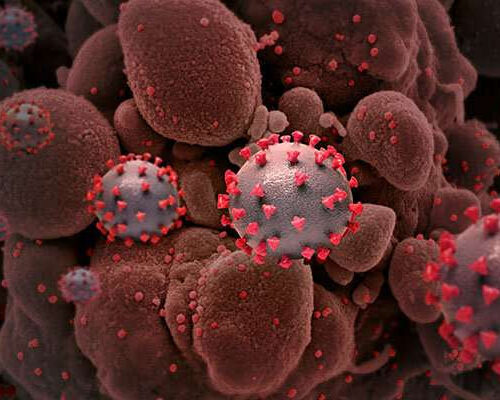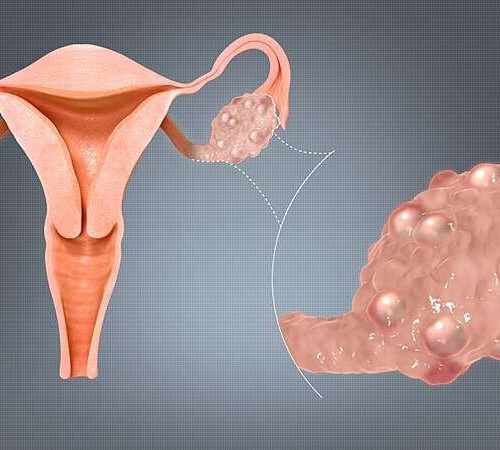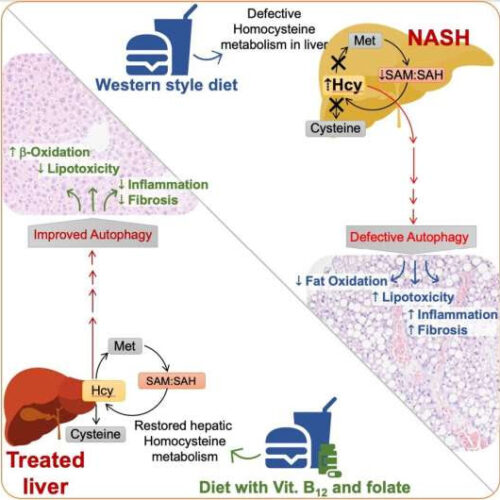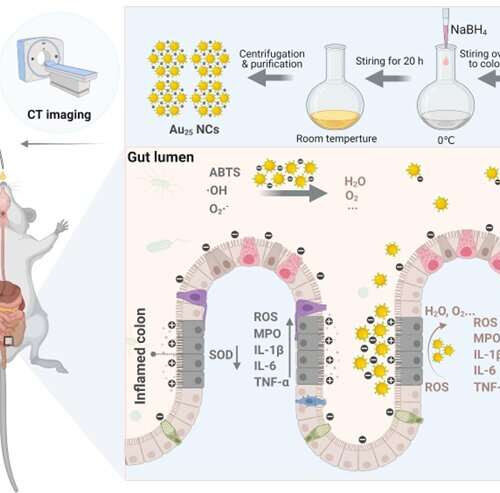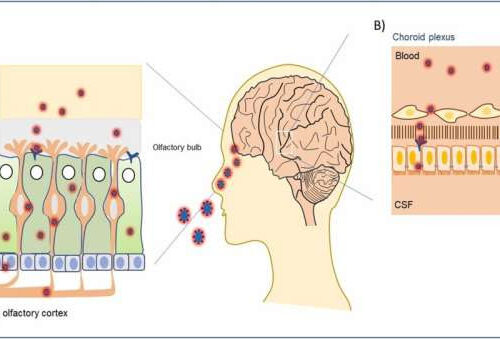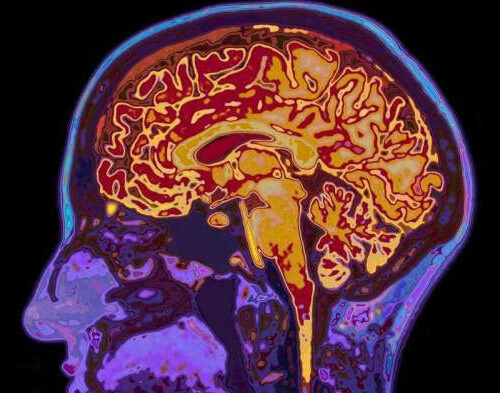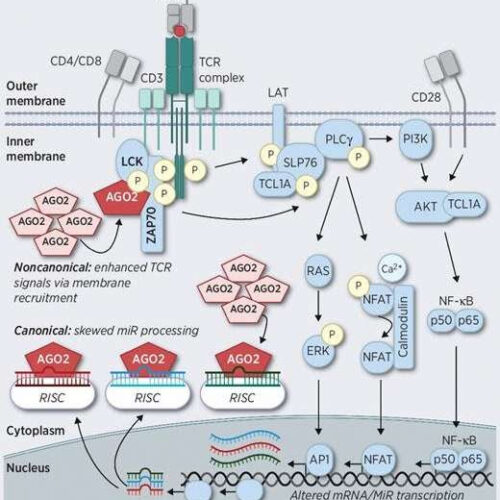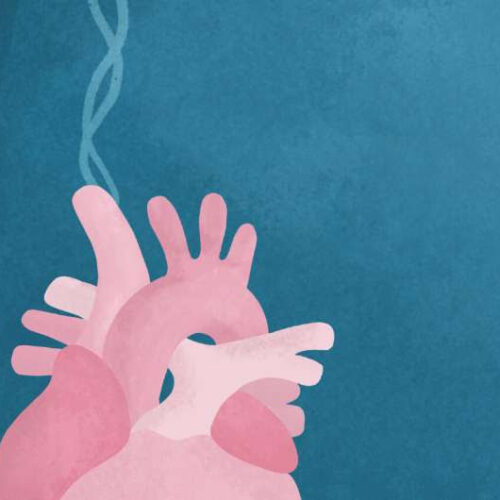by Lancet Creative rendition of SARS-CoV-2 particles (not to scale). Credit: National Institute of Allergy and Infectious Diseases, NIH One in eight adults (12.7%) who are infected with SARS-CoV-2 experience long term symptoms due to COVID-19, suggests a large Dutch study published in The Lancet. The study provides one of the first comparisons of long-term symptoms...
Review paves the way for better diagnosis and care for polycystic ovary syndrome
by Monash University Presence of many small, fluid-filled sacs or cysts inside the ovaries in case of PCOS. Credit: http://www.scientificanimations.com/Wikimedia Commons, CC BY-SA 4.0 A recent review by a team of world leaders in Polycystic Ovary Syndrome (PCOS) research and care, led by Monash University, provides a summary of best practice evidence and advocates for greater funded...
B vitamins can potentially be used to treat advanced non-alcoholic fatty liver disease
by Federico Graciano, Duke-NUS Medical School Western-style diets, which are typically high in fructose intake, can lead to elevated serum and hepatic homocysteine levels in blood (a medical condition known as hyperhomocysteinemia), which the research team found to be directly proportional to the severity of non-alcoholic steatohepatitis (NASH) in people with non-alcoholic fatty liver disease...
Gold may hold the secret to treating inflammatory bowel disease
by KeAi Communications Co. Synthesis of Au25 nanoclusters and the treatment process for colitis in mice. Credit: Fei Wang Inflammatory bowel disease (IBD), also known as “green cancer,” is a chronic, non-specific disease of the intestine. IBD includes ulcerative colitis and Crohn’s disease, both of which tend to be debilitating, lifelong conditions that can prove...
COVID-19 infection in crucial brain regions may lead to accelerated brain aging
by Houston Methodist The interaction of SARS-CoV-2 with olfactory cilia for entering the central nervous system (CNS). A) Different layers of cells in the nasal cavity that contain receptors for the very first viral entry into the human host. Some of the olfactory cells express ACE2 receptors that endocytose bound viral particles, before their way...
‘Brain fingerprinting’ of adolescents might be able to predict mental health problems down the line
by Daniel Hermens, Jim Lagopoulos and Zach Shan, The Conversation Credit: Shutterstock Despite the best efforts of clinicians and researchers for decades, we still do not fully know why some people develop mental disorders and others do not. However, changes in the brain are very likely our best clues to future mental health outcomes. The...
Long COVID-19 may stem from an overactive immune response in the lungs
by Harish Narasimhan, The Conversation Credit: Pixabay/CC0 Public Domain Viruses that cause respiratory diseases like the flu and COVID-19 can lead to mild to severe symptoms within the first few weeks of infection. These symptoms typically resolve within a few more weeks, sometimes with the help of treatment if severe. However, some people go on...
Nitric oxide signaling in health and disease
by Karolinska Institutet Credit: Pixabay/CC0 Public Domain In a recently published review article in Cell, researchers Jon Lundberg and Eddie Weitzberg at the Department of Physiology and Pharmacology at Karolinska Institutet summarize research in nitric oxide (NO) with a focus on what is happening right now. When NO was discovered as a neurotransmitter almost 40 years...
Researchers decipher a new, unconventional functional mechanism in leukemia cells
by Peggy Darius, Leipzig University Graphical abstract. Credit: Cancer Research (2022). DOI: 10.1158/0008-5472.can-21-1908 Although there has been significant progress in the treatment of rare forms of blood cancer in recent years and new drugs have been approved in Germany, the prognosis for many affected individuals remains unfavorable. Research teams at Leipzig University’s Faculty of Medicine are working...
How pathogenic gene variants lead to heart failure
by Max Delbrück Center for Molecular Medicine In this illustration, the diseased heart is displayed as a piñata being hit by a DNA bat to signify the genetic impact of the variants that were studied. Patient cells are illustrated as confetti flying out of the heart and the colors recall the five main genotypes discussed...

